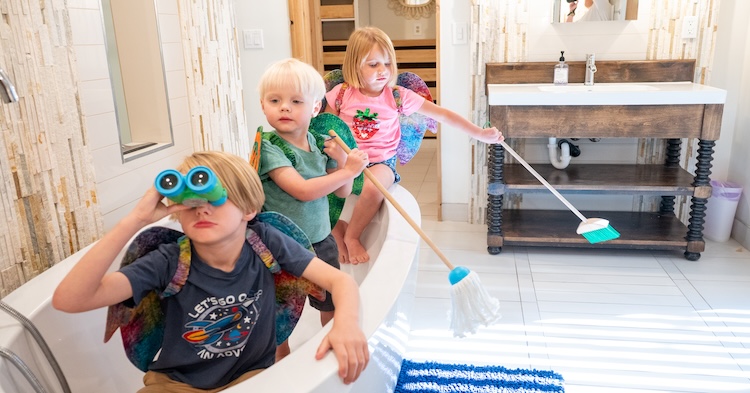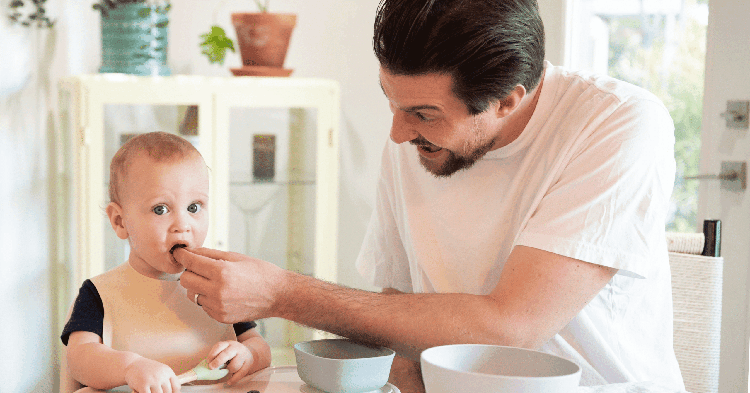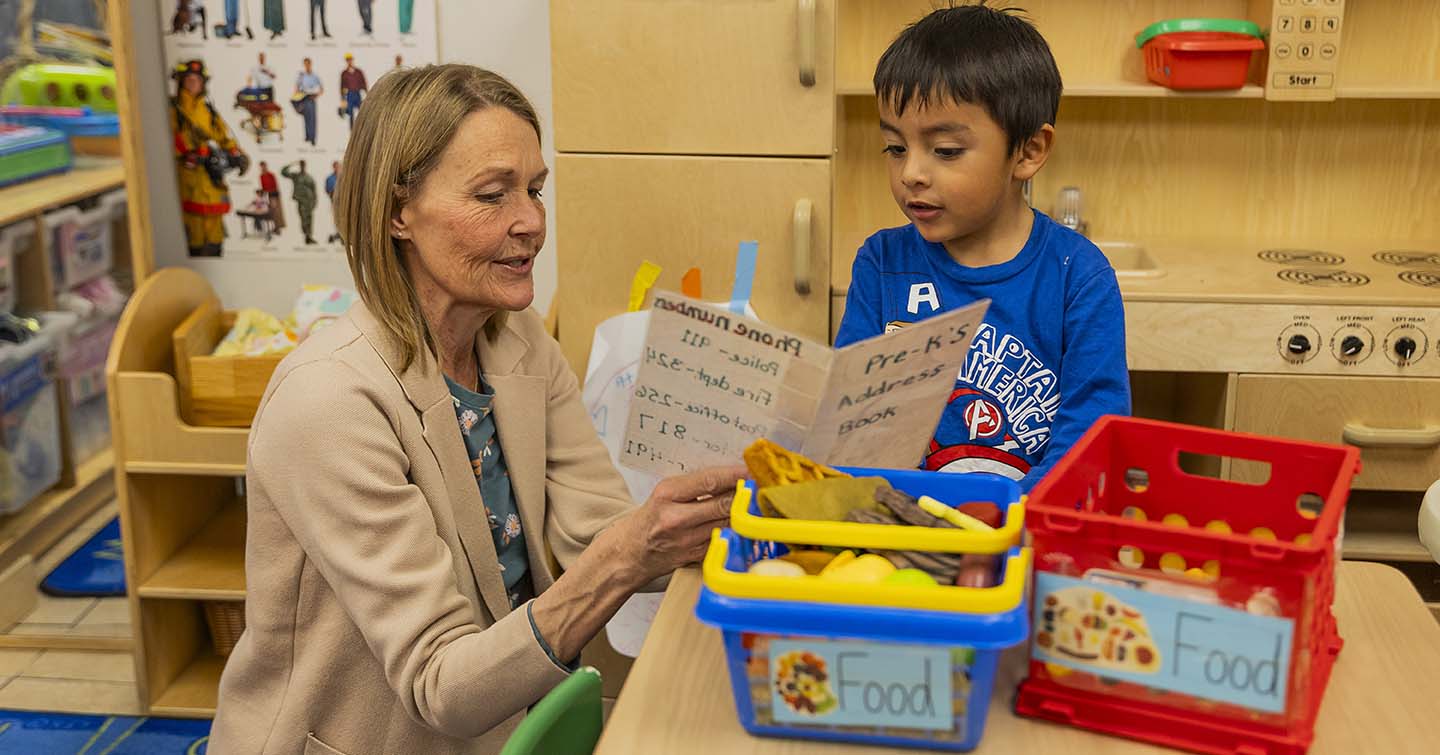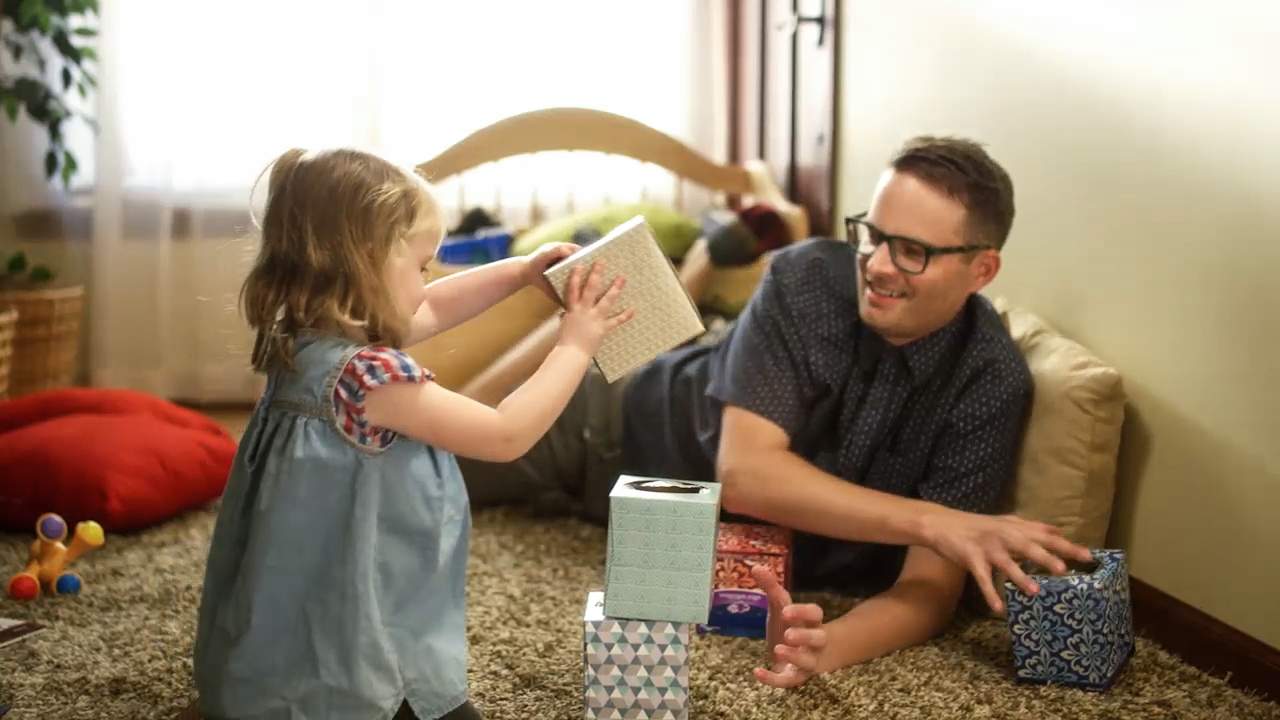
For anyone who’s ever seen a baby, toddler or preschooler open a gift and then toss aside the shiny new toy to instead play with the box, pediatricians say kids may know what’s best for them.
The American Academy of Pediatrics recently came out with a recommendation that the best toys for young children are the simple ones. And we’re talking very simple, like everyday household objects.
First Things First reminds parents that children explore and make sense of the world around them through play. Research has shown that play impacts everything from physical abilities and vocabulary to problem solving, creativity, teamwork and empathy.
Playing with ordinary household items allows a young child to explore, discover and learn. With babies, it’s as simple as grasping an object and holding on to it. Families can focus on introducing objects that stimulate curiosity. Babies are fascinated by their surroundings, especially faces and bright colors. You can use something as simple as a small, lightweight scarf to play peek-a-boo or use it as a prop as you make up stories. By adding music to scarf play, you can get your baby moving and sharpen their listening skills as you give directions. Learn more about scarf play.
You might be interested in:
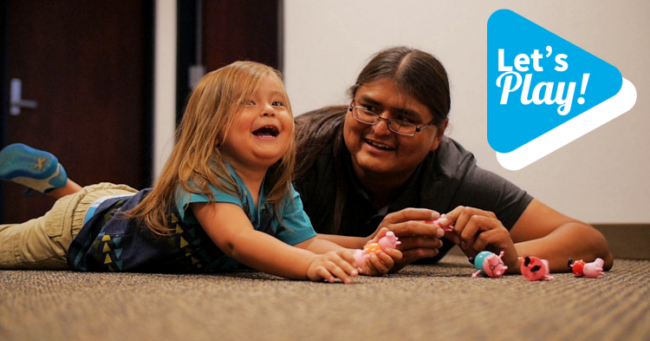
For toddlers between 1 and 3 years old, look for objects that encourage imagination and problem solving. They enjoy playing hide-and-seek with different objects. As a toddler, your child may begin to arrange objects, which eventually turns into sorting and classifying them. This allows the child to develop thinking, reasoning and problem-solving skills.
For preschoolers from ages 3 to 5, look to use objects that will help preschoolers relate to each other and the world around them. Encourage their imagination by creating a pirate’s telescope using a paper towel roll, for example.
Here are 10 suggestions for using everyday household objects as toys to promote early learning:
- Plastic cups can be used to sort items.
- Tape together two paper towel rolls to create binoculars for a game of I Spy.
- Babies love to hold whisks, and as your child gets older, you can use a whisk in the bath to swirl the water or make patterns in the sand.
- Depending on the size, cardboard boxes can be used in a variety of ways. Facial tissue boxes make excellent building blocks to build towers.
- Plastic containers can be used to sort items by color and size, and take them into the bath to pour water.
- Let your toddler walk outside through a pile of leaves. They’ll enjoy the rustling and crunching sounds underneath their feet. For preschoolers, they can paint the leaves and use them to make patterns.
- Fill a screw-top plastic water bottle with pasta or beans to make a shaker. Or use them as bowling pins, to knock down with a ball.
- Banging on pots and pans with a wooden spoon can help teach your toddler about rhythm.
- Laundry baskets can be used to throw rolled-up socks, or have your child use their imagination to sit inside and drive a car or steer a boat.
- Old blankets, sheets and towels are great for building an indoor or outdoor fort.
To encourage imaginative play at home, parents and caregivers only have to look around the house to keep little ones entertained and learning.


